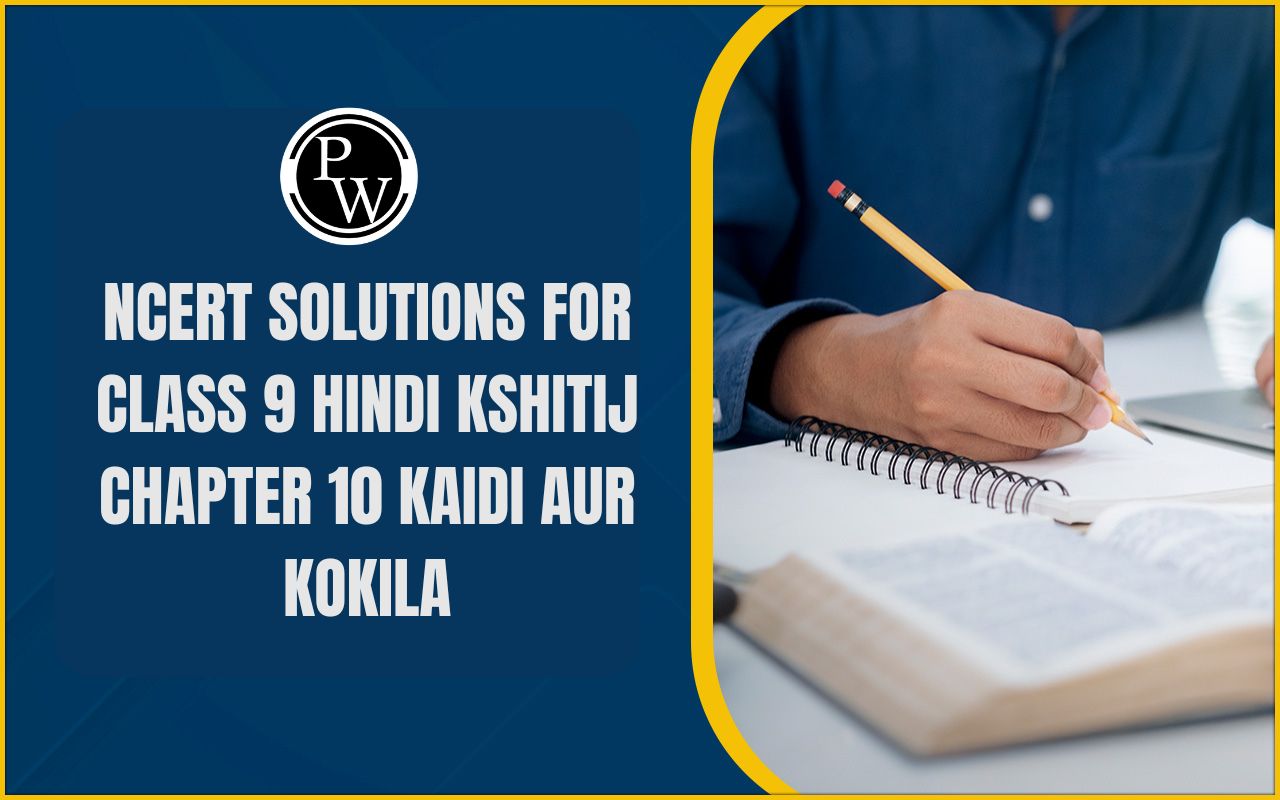
Water A Very Important And Critical Resource Of India
Water Resources of Class 10
Water A Very Important And Critical Resource Of India
- In India the total availability of water depends upon monsoon which is very uncertain.
- Water is used for drinking, domestic and various industrial purposes.
- Agriculture has been claiming a greater and greater share of water day by day.
- Water has become necessary for disposal of ever-growing municipal sewage and dirt.
WATER: SOME FACTS AND FIGURES:
- 96.5 per cent of the total volume of world’s water is estimated to exist as oceans
- 2.5 per cent as freshwater.
- 70 per cent of this freshwater occurs as ice sheets and glaciers in Antarctica, Greenland and the mountainous regions of the world,
- less than 30 per cent is stored as groundwater in the world’s aquifers.
- India receives nearly 4 per cent of the global precipitation and ranks 133 in the world in terms of water availability per person per annum.
- The total renewable water resources of India are estimated at 1,897 sq km per annum.
- By 2025, it is predicted that large parts of India will join countries or regions having absolute water scarcity.
CAUSES OF SCARCITY OF WATER:
- Unequal distribution of Rainfall: Water is available in abundance and it is renewable, still in few regions people have to travel miles to get water (e.g. Rajasthan). It is because few regions receive little rainfall and are drought prone. Thus, the availability of water resource varies over space and time, due to variation in seasonal and annual precipitation.
- Rapid Increase in Population: Rapid increase in population has resulted in greater demand for water and unequal access to it. A larger population means more water not only for domestic use but also to produce more good.
- Increase in the Demand for food grains: Population explosion has led to increase in the demand for food grain. Hence to facilitate higher food-grain production, water resources are being over exploited to expand irrigated areas and dry-season agriculture.
- Increased Use of Tube Wells: Most farmers are having their own tube-wells in their farms for irrigation to increase their production. This had led to fall in ground water level, adversely affecting water availability and food security of the people.
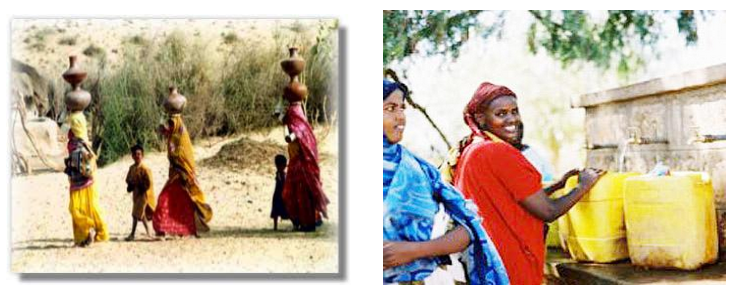
Water Scarcity
- Intensive Industrialisation: Post independent India witnessed intensive industrialisation and urbanization. These industries not only use water as raw material, but also require power to run them. Much of this energy comes from hydroelectricity power. Today in India hydro electric power contributes approximately 22% of the total electricity produced.
- Urbanization: Rapid increase in population and urban life style has not only increased the demand for water but have further aggravated the problem. Most of the housing societies have their own ground water pumping devices to meet their water needs. Thus fragile water resources are being over – exploited and have caused their depletion in several of these cities.
- Scarcity due to Pollution: Many times water is available in sufficient quantity but still people cannot use it due to bad quality.
- Much of the water is polluted these days by domestic and industrial wastes, chemicals pesticides and fertilizers used in agriculture. Thus making it hazardous for human use.
NEED FOR WATER CONSERVATION AND MANAGEMENT:
Overexploitation: Most of the houses and farms have private groundwater pumping devices. This is leading to overexploitation of water resources. This is leading to depletion of underground water reservoir.
Deteriorating Quality: Pollution by domestic and industrial waste is harming the quality of potable water. As a result even areas with abundant water reservoir is facing high concentration of pollutants.
Adverse Effect of Economic Development: Increased business activity is further putting pressure on scarce water resources. Many industries are exploiting water resources.
Hydroelectric Power: 22% of total electricity produced in India is through hydroelectric power. This creates additional pressure on water resources.
River Pollution: India’s rivers, especially the smaller ones, have all turned into toxic streams. And even the big ones like the Ganga and Yamuna are far from being pure. The assault on India’s rivers – from population growth, agricultural modernisation, urbanisation and industrialisation – is enormous and growing by the day….. This entire life stands threatened.
NEED OF WATER CONSERVATION:
- To safeguard from health hazard
- To ensure food security
- To continue our livelihood
- To preserve the ecosystem
MULTI-PURPOSE RIVER PROJECTS AND INTEGRATED WATER RESOURCES
MANAGEMENT:
Dams: Dams are built not just for irrigation but for electricity generation, water supply for domestic and industrial uses, flood control, recreation, inland navigation and fish breeding. Hence, dams are now referred to as multi-purpose projects where the many uses of the impounded water are integrated with one another. For example, in the Sutluj-Beas river basin, the Bhakra – Nangal project water is being used both for hydel power production and irrigation. Similarly, the Hirakud project in the Mahanadi basin integrates conservation of water with flood control.
Structure of Dam: A dam is a barrier across flowing water that obstructs, directs or retards the flow, often creating a reservoir, lake or impoundment. “Dam” refers to the reservoir rather than the structure. Most dams have a section called a spillway or weir over which or through which it is intended that water will flow either intermittently or continuously. Dams are classified according to structure, intended purpose or height. Based on structure and the materials used, dams are classified as timber dams, embankment dams or masonry dams, with several subtypes. According to the height, dams can be categorised as large dams and major dams or alternatively as low dams, medium height dams and high dams.
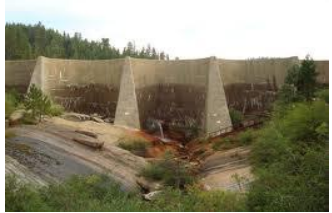
Adverse Effects of Dams: Regulating and damming of rivers affect their natural flow causing poor sediment flow and excessive sedimentation at the bottom of the reservoir, resulting in rockier stream beds and poorer habitats for the rivers’ aquatic life. Dams also fragment rivers making it difficult for aquatic fauna to migrate, especially for spawning. The reservoirs that are created on the floodplains also submerge the existing vegetation and soil leading to its decomposition over a period of time.
Change in Cropping Pattern: Irrigation has also changed the cropping pattern of many regions with farmers shifting to water intensive and commercial crops. This has great ecological consequences like salinisation of the soil. At the same time, it has transformed the social landscape i.e. increasing the social gap between the richer landowners and the landless poor. As we can see, the dams did create conflicts between people wanting different uses and benefits from the same water resources.
RAIN WATER HARVESTING:
- Roof top rain water is collected using a PVC pipe
- Filtered using sand and bricks
- Underground pipe takes water to sump for immediate usage
- Excess water from the sump is taken to the well
- Water from the well recharges the underground
- Take water from the well (later)
In the semi-arid and arid regions of Rajasthan, particularly in Bikaner, Phalodi and Barmer, almost all the houses traditionally had underground tanks or tankas for storing drinking water. The tanks could be as large as a big room; one household in Phalodi had a tank that was 6.1 metres deep, 4.27 metres long and 2.44 metres wide. The tankas were part of the well-developed rooftop rainwater harvesting system and were built inside the main house or the courtyard. They were connected to the sloping roofs of the houses through a pipe. Rain falling on the rooftops would travel down the pipe and was stored in these underground ‘tankas’. The first spell of rain was usually not collected as this would clean the roofs and the pipes. The rainwater from the subsequent showers was then collected. The rainwater can be stored in the tankas till the next rainfall making it an extremely reliable source of drinking water when all other sources are dried up, particularly in the summers. Rainwater, or palar pani, as commonly referred to in these parts, is considered the purest form of natural water.
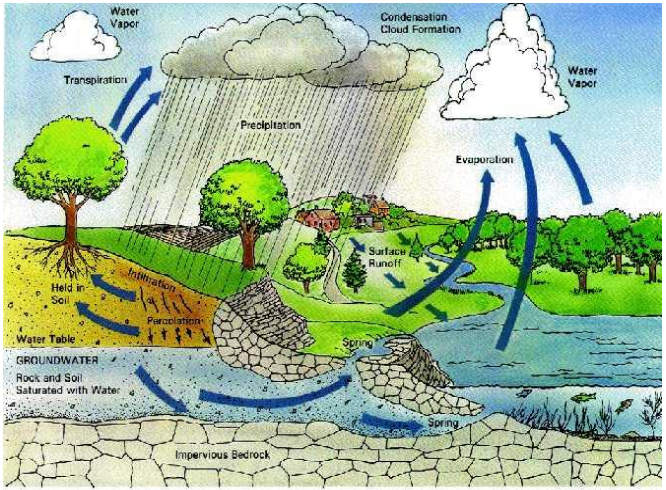
Many houses constructed underground rooms adjoining the ‘tanka’ to beat the summer heat as it would keep the room cool. Roof top rain water harvesting is the most common practice in Shillong, Meghalaya. It is interesting because Cherapunjee and Mawsynram situated at a distance of 55 km. from Shillong receive the highest rainfall in the world, yet the state capital Shillong faces acute shortage of water. Nearly every household in the city has a roof top rain water harvesting structure. Nearly 15-25 per cent of the total water requirement of the household comes from roof top water harvesting.
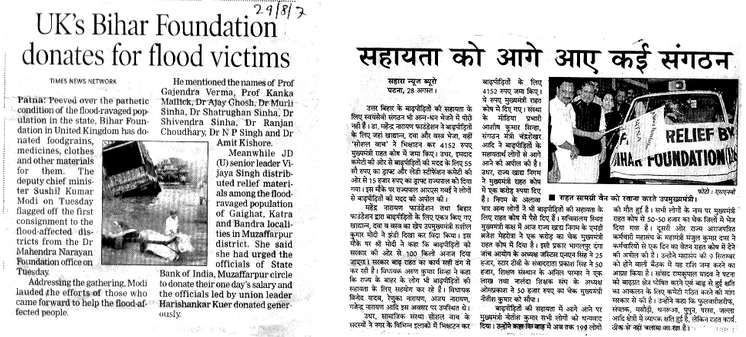
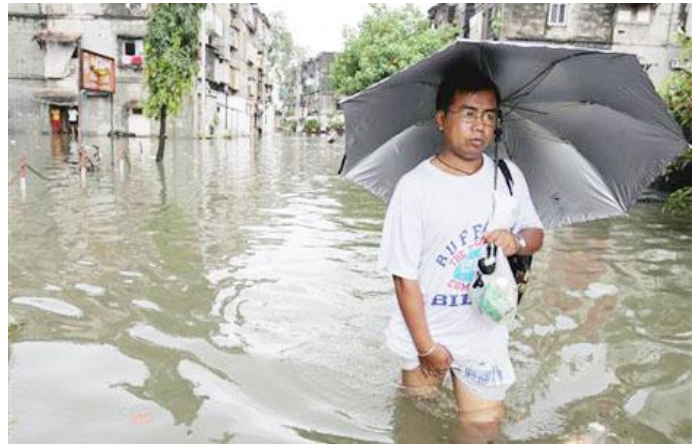
BAMBOO DRIP IRRIGATION SYSTEM
In Meghalaya, a 200-year-old system of tapping stream and spring wate by using bamboo pipes, is prevalent. About 0pt-20 litres of water enters the bamboo pipe system, gets transported over hundreds of metres, and finally reduces to 20-80 drops per minute ate the site of the plant.






